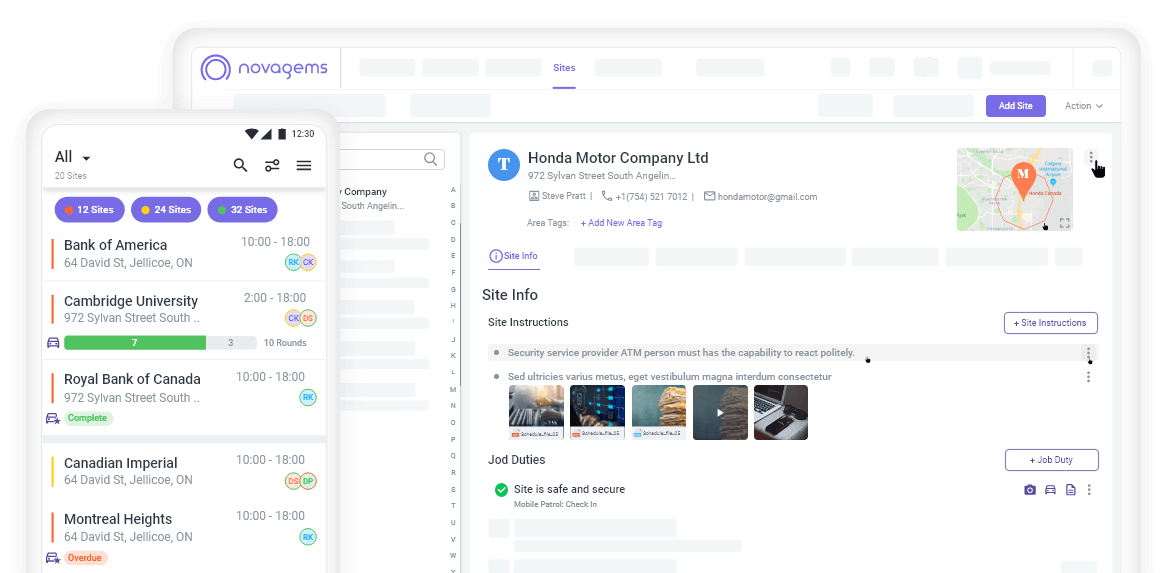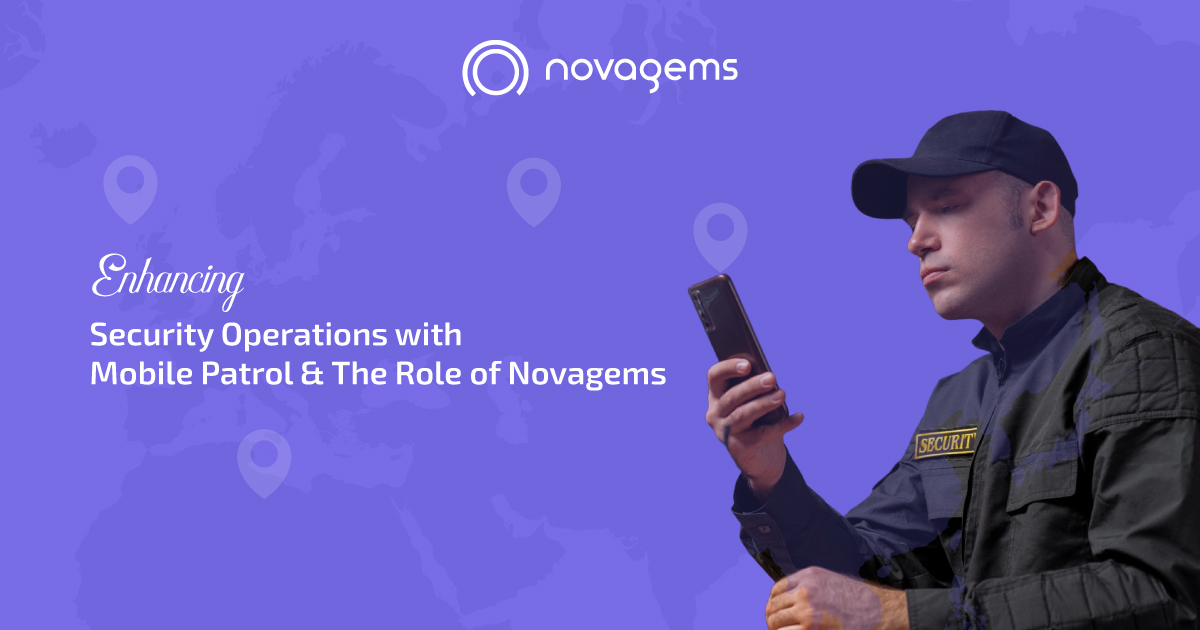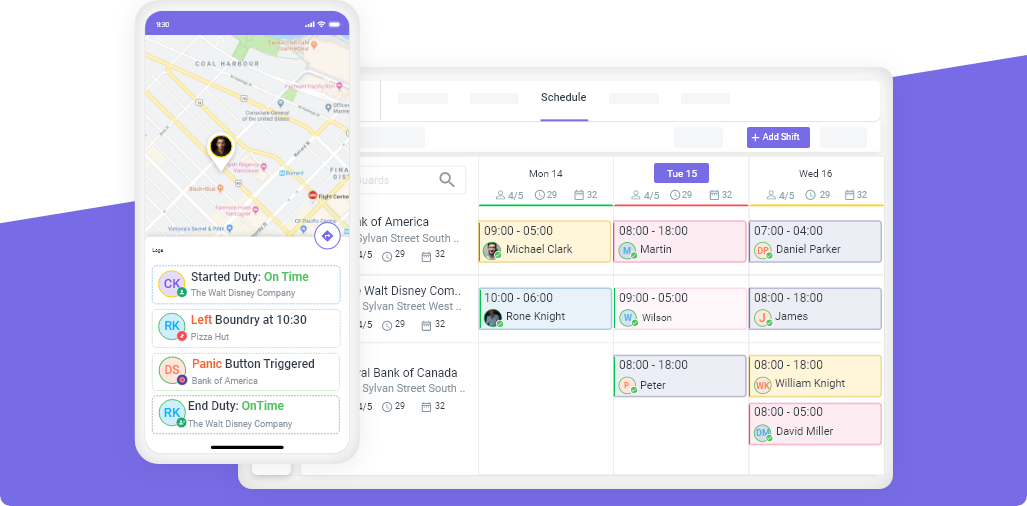New Cleaning Technologies in the Cleaning Business that are Worth Investing In
Published on: Tue, Jul 22, 2025
Read in 6 minutes

Key Takeaways
- Technology in the cleaning industry is transforming how commercial services operate—offering better results, faster execution, and lower costs.
- Green cleaning products reduce chemical use, improve indoor air quality, and meet rising client expectations for sustainability.
- Janitorial management software automates task assignment, scheduling, and reporting, reducing errors and boosting scalability.
- Investing in these innovations makes your commercial cleaning service more competitive, compliant, and client-ready.
The cleaning industry has come a long way. What used to be a labor-heavy job with mops, brooms, and chemicals is now becoming smarter, faster, and more efficient thanks to technology in the cleaning industry. As customer expectations rise, especially around health and safety, it’s important for cleaning businesses to stay ahead of the curve. The global cleaning services market was valued at $424.3 billion in 2023 and is projected to grow at a CAGR of 7.2%, reaching $734.5 billion by 2032.
Whether you manage a commercial cleaning service, operate janitorial services, or handle large facilities, investing in the right technology can help you clean better, save money, and grow your business. In this guide, we’ll walk you through the new cleaning technologies that are making a big difference in the cleaning business—and why they’re worth every penny.
How New Technologies Transform Your Cleaning Business
Technology in the cleaning industry isn’t just for tech companies. Even industries like cleaning are using it to improve service quality, simplify management, and cut down on costs. Here’s how adopting new technology can help your cleaning business:
- Better Quality Control: Automated tools and smart systems ensure every task is completed correctly.
- Lower Labor Costs: Machines can handle repetitive or time-consuming jobs, reducing the need for overtime or extra staff.
- Faster Service: New tools clean larger areas in less time, keeping clients happy and reducing downtime.
- Health and Safety: Advanced disinfecting and monitoring tools help create cleaner, safer spaces.
- Data and Insights: Many tools now come with reports that show what’s been cleaned, when, and by whom—great for audits and proof of service.
By investing in the right cleaning technology, you’ll not only get better results, you’ll also position your company as a forward-thinking, reliable choice for modern clients.
New Technologies And Ideas In the Commercial Cleaning Industry
Let’s look at some of the most impactful innovations that are changing the way commercial cleaning services operate today.
1. Green Cleaning Products
Green cleaning isn’t just a trend—it’s becoming the new standard. Customers are becoming more aware of the health and environmental impact of harsh cleaning chemicals. They want solutions that are safer for people and the planet.
The global green cleaning products market size was worth around USD 270.89 billion in 2022 and is predicted to grow to around USD 430.61 billion by 2030 with a compound annual growth rate (CAGR) of roughly 5.96% between 2023 and 2030.
What are green cleaning products?
These are commercial cleaning products made from natural, biodegradable ingredients. They avoid toxic chemicals and reduce air and water pollution.
Why they matter:
- Healthier environments: No strong fumes, allergic reactions, or skin irritation.
- Environmentally friendly: Less waste and lower water usage.
- Better indoor air quality: Especially important in schools, hospitals, and offices.
- Attract more clients: Many companies now prefer vendors who follow eco-friendly practices.
Example: Using vinegar-based or plant-derived products in place of bleach or ammonia-based cleaners. Some businesses also use electrolyzed water systems, which convert salt and water into a safe disinfectant.
2. Janitorial Management Software
Managing schedules, employees, clients, cleaning supplies for a cleaning business, and reports can quickly become overwhelming, especially if you’re still using spreadsheets or paper. That’s where janitorial management software steps in.
What it is: A cloud-based tool that allows you to manage your cleaning operations in one place.
What it can do:
- Assign tasks and routes to employees
- Track time and attendance
- Set automated reminders for recurring jobs
- Log issues or incidents in real-time
- Handle customer feedback
- Generate reports and invoices
Benefits:
- Saves time on admin tasks
- Reduces errors and missed jobs
- Proves your value with clear service reports
- Makes your business more scalable
Example tools: Platforms like Novagems, CleanGuru, and Swept offer real-time dashboards and mobile access for both managers and cleaners.
3. Robotic Cleaners
Robots are no longer a thing of the future. In the commercial cleaning industry, they’re already here—and they’re incredibly useful.
What are robotic cleaners? Autonomous machines that clean floors, carpets, or windows without constant human supervision. They often use sensors, cameras, and GPS for navigation.
Where they work best:
- Large open areas like malls, airports, and warehouses
- Places that require daily or overnight cleaning
- Sites with labor shortages or safety risks
Benefits:
- Consistent and thorough cleaning
- Can work during off-hours or overnight
- Lower long-term labor costs
- Allow human workers to focus on high-touch or detailed tasks
Real-world use: Many hospitals now use robotic scrubbers to disinfect corridors overnight. Some office buildings also use window-cleaning drones to maintain glass facades without putting workers at risk.
4. The Internet of Things (IoT)
The Internet of Things (IoT) refers to devices that collect and share data through the internet. In cleaning, IoT is changing how we monitor cleanliness and respond to needs in real time.
Examples in commercial cleaning:
- Smart dispensers that alert you when soap, sanitizer, or paper towels are running low
- Occupancy sensors that track foot traffic and trigger cleaning based on use
- Connected equipment that reports maintenance issues automatically
Benefits:
- Smarter resource allocation—clean where and when it’s needed
- Fewer complaints about empty supplies or dirty restrooms
- Improved reporting and compliance
- Less waste and overuse of cleaning supplies for cleaning business
Use case: A university installs smart restroom sensors. The system alerts the janitorial team when a restroom hits 200 uses, triggering a cleaning task. Supplies are replenished just in time, not too early or too late.
5. Electrostatic Sprayers
Disinfection became top priority after COVID-19, and electrostatic sprayers have become one of the most effective tools in the cleaning business.
How they work: They electrically charge disinfectant particles as they’re sprayed, causing them to cling evenly to all surfaces, including hard-to-reach areas.
Where they’re used:
- Gyms and fitness centers
- Classrooms and daycare centers
- Hotels and conference rooms
- Public transportation and airports
Benefits:
- Faster and more thorough disinfection
- Covers awkward surfaces better than wipes or sprays
- Reduces the amount of chemicals used
- Keeps staff and customers safer from germs
Pro tip: Pair sprayers with fast-acting commercial cleaning products to clean large areas quickly without downtime.
6. Advanced Disinfection
Some environments require more than surface-level cleaning. Advanced disinfection tools use technology to kill bacteria, viruses, and other pathogens in a more thorough way.
Top technologies include:
- UV-C Light: Destroys germs in the air and on surfaces using short-wavelength ultraviolet light.
- Foggers and Misting Systems: Release fine disinfectant particles to cover a room evenly, ideal for outbreak control.
- ATP Testing Kits: Swab surfaces and test for organic matter. Offers measurable proof of cleanliness.
Why it matters:
- Builds client trust with visible results
- Helps meet government and health regulations
- Ensures true sanitation in sensitive areas (e.g. clinics, nursing homes, kitchens)
Growing demand: Clients increasingly ask for proof that an area is truly clean. These technologies help you deliver that peace of mind.
Final Thoughts
The technology in cleaning industry is changing, and those who adapt will lead. New technologies offer a better way to work: faster, smarter, and with more precision. Whether it’s robotic cleaners that handle floors automatically or janitorial management software that keeps your team on track, the tools are out there—and they’re worth the investment.
If you want to win more contracts, keep your staff happy, and impress your clients, start exploring which of these technologies fit your business best.
Get a Free Trial
Sign up For Newsletter
Latest Blog Posts
Get Started
Start being productive & grow your business
with Novagems





